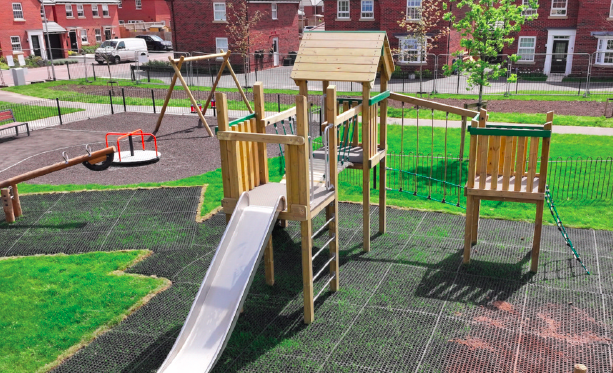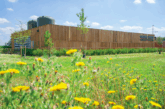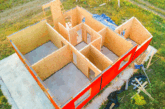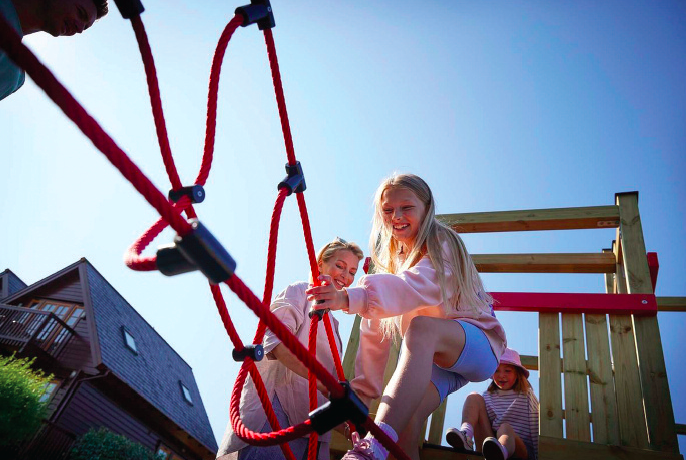
Andrew Wood, Managing Director of ESP Play explains why housebuilders are increasingly including more accessible playgrounds in their developments.
Latest figures show that 11 percent of children in the UK have a physical disability and that 17 percent have Special Educational Needs, yet very few playgrounds are designed with these children in mind.
Thankfully, some developers are seeing the social and commercial benefits of creating playgrounds that can be used by children of all abilities. It’s well known that playgrounds play a vital role in improving physical and mental wellbeing yet many children are being excluded from this opportunity because of a disability.
At ESP Play we have been working with a major developer who is making significant strides to rectify this – and is looking at ensuring that all of their developments come with an accessible playground. For projects across the UK, Barratt Homes needed a fast, high quality and competitively priced turn key solution for a quality playground facility to give families a better start to their time in their new homes. As part of this initiative, developments in regions such as Aberdeen, Nottingham and Solihull will soon provide highly accessible and inclusive playgrounds for all children. These playgrounds will feature wheelchair-friendly roundabouts, year-round accessible pathways and swings designed for all abilities. Planting and sensory equipment will also elevate play spaces here with touch, sight and hearing experiences. There is also a commitment to making sure that all playgrounds going forward are accessible and inclusive by using wheelchair friendly surfaces, accessible entrances and play equipment and spaces that can be used by children of different ages and physical and mental abilities.
At ESP Play, we urge developers of all sizes to partner with a specialist provider who can guide them every step of the way. We recommend choosing a trusted specialist with a proven track record in accessible and inclusive playground design and supply.
If you are planning a new playground for a development, there are a few steps you will need to take to create an inclusive environment. Bringing accessibility to a playground involves creating spaces that accommodate children of all abilities in a safe and comfortable way. This means considering a range of needs, from physical disabilities to sensory and cognitive differences.
An accessible playground is not simply one with wheelchair ramps and a few pieces of specialised equipment, rather, it is designed with inclusivity in mind and offers a range of play options and sensory experiences.
Firstly, you should aim to make it as universally usable as possible and ensure it caters for a wide range of abilities and preferences. This means ensuring that every child can play together, regardless of their ability. Too often, accessible equipment is isolated from the main playground, separating able-bodied and disabled children. At ESP, we prioritise designs that create a welcoming environment for all, making the entire playground inclusive for every child.
Additionally, children should easily be able to find their way around, be able to know where things are and how to get there. This means creating clear sightlines and potentially using signage, including in braille. Children should also be able to get to where they want to go, so ensure there are adequate and safe pathways leading from one place to another.
Surfaces are also important to consider and must be suitable for wheelchair users and those with difficulty walking or impaired vision. Pathways should be wide and smooth to allow easy movement. Use appropriate playground surfacing, such as wetpour, resin-bound gravel, tarmac or any other hard standing surface. As for the choice of outdoor play equipment, remember that even with the best of intentions, not all children will be able to access every item. It is important, therefore, that you provide a wide enough variety to cater for the abilities and interests of everyone. This will include sensory play elements, structures with lower heights and apparatus that are wheelchair friendly.
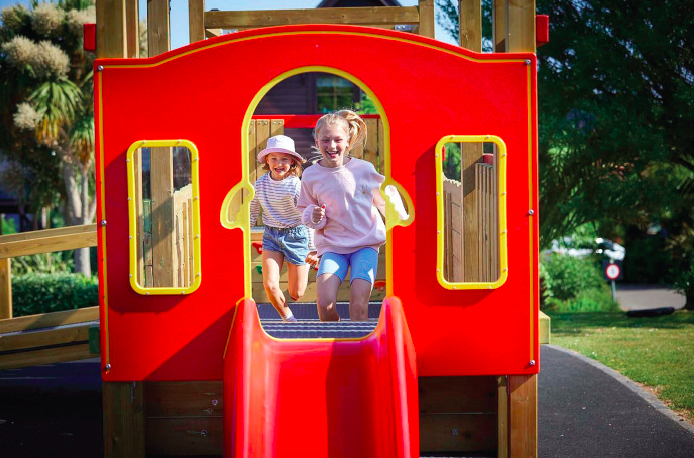 Incorporating sensory elements can be very beneficial for children with sensory processing challenges. You can improve their play experience by introducing textured paths or sensory zones, while shaded areas are helpful for children who are sensitive to sunlight. Creating quiet zones, especially nature areas, is another vital feature that gives respite to children who feel overwhelmed or who need a calm space, for example, those with autism or anxiety.
Incorporating sensory elements can be very beneficial for children with sensory processing challenges. You can improve their play experience by introducing textured paths or sensory zones, while shaded areas are helpful for children who are sensitive to sunlight. Creating quiet zones, especially nature areas, is another vital feature that gives respite to children who feel overwhelmed or who need a calm space, for example, those with autism or anxiety.
An accessible playground is an environment where every child, regardless of their ability, can play, learn and mix with their peers and where no child is inadvertently excluded from the activities on offer. It also becomes a strong selling point for a housing development for people who have children with disabilities and gives them confidence in the reputation of the housebuilder.
This is particularly important for families with children who need accessible playgrounds. Having one within 10 minutes of their home means they can avoid long drives and the hassle of finding accessible parking. Instead, they can simply walk out their door and enjoy playtime. This convenience is crucial for children’s development and supports the needs of a cohesive community.


